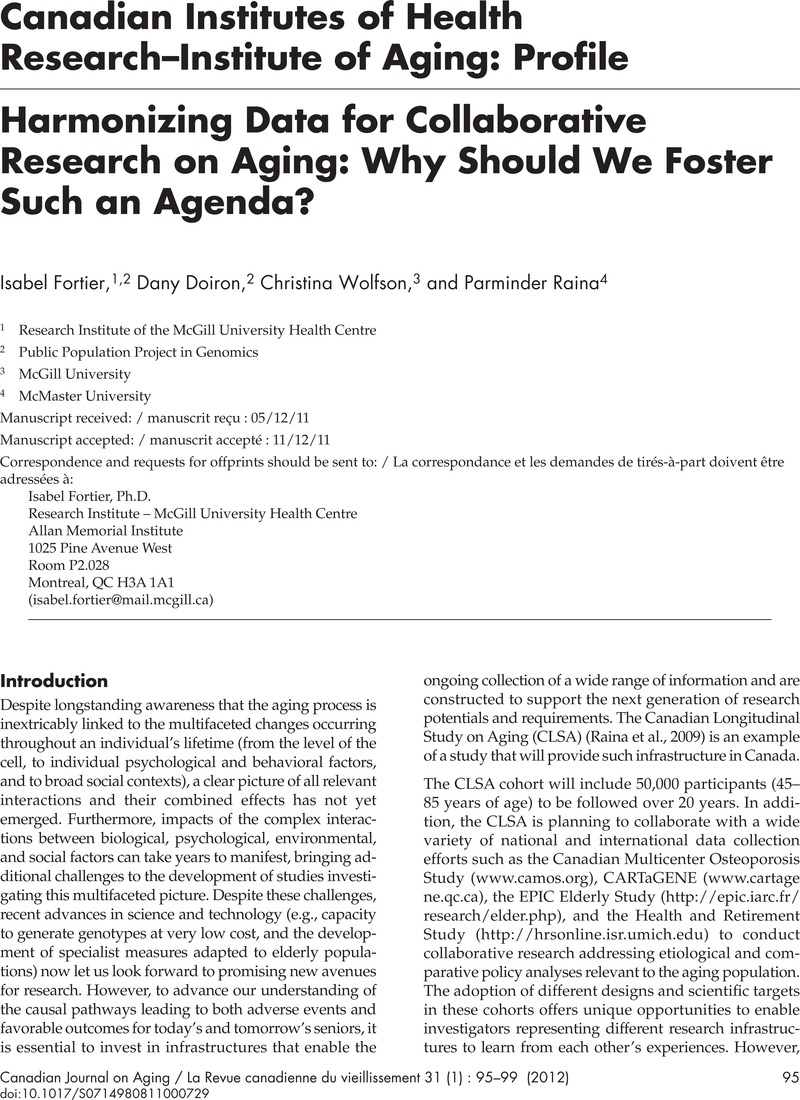Crossref Citations
This article has been cited by the following publications. This list is generated based on data provided by Crossref.
Allen, Joanne
Inder, Kerry J
Lewin, Terry J
Attia, John R
Kay-Lambkin, Frances J
Baker, Amanda L
Hazell, Trevor
and
Kelly, Brian J
2013.
Integrating and extending cohort studies: lessons from the eXtending Treatments, Education and Networks in Depression (xTEND) study.
BMC Medical Research Methodology,
Vol. 13,
Issue. 1,
Gatz, Margaret
Reynolds, Chandra A.
Finkel, Deborah
Hahn, Chris J.
Zhou, Yan
and
Zavala, Catalina
2015.
Data Harmonization in Aging Research: Not so Fast.
Experimental Aging Research,
Vol. 41,
Issue. 5,
p.
475.



